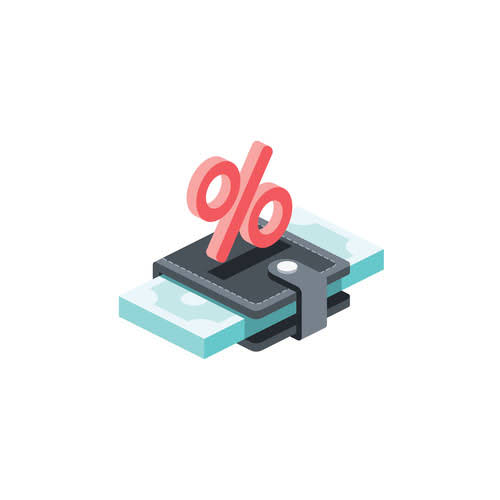
These values are then used to determine how much money would be due to the annuitant. As a rational person, the maximum that you would be willing to pay is the value today of these two cash flows discounted at 10%. Suppose you want to determine the value today of receiving $1.00 at the end of each of the next 4 years. To solve this, we can construct a table that determines the present values of each of the receipts.

Essentially, in normal interest rate environments, a dollar today is worth more than a dollar tomorrow because it has the ability to earn interest and grow with time. It’s important to note that the discount rate used in the present value calculation is not the same as the interest rate that may be applied to the payments in the annuity. The discount rate reflects the time value of money, while the interest rate applied to the annuity payments reflects the cost of borrowing or the return earned on the investment.
Present Value of an Annuity: Meaning, Formula, and Example
It’s critical to know the present value of an annuity when deciding if you should sell your annuity for a lump sum of cash. In just a few minutes, you’ll have a quote that reflects the impact of time, interest rates and market value. Payments scheduled decades in the future are worth less today because of uncertain economic conditions.
In addition to your contribution, you were able to reap more than $3,100 thanks to reinvested earnings. Where i is the interest rate per period and n is the total number of periods with compounding occurring once per period. Get instant access to video lessons taught by experienced investment bankers.
Income Statement
An annuity is a financial product that provides a stream of payments to an individual over a period of time, typically in the form of regular installments. Annuities can be either immediate or deferred, depending on when the payments begin. Immediate present value of ordinary annuity tables annuities start paying out right away, while deferred annuities have a delay before payments begin. An annuity table is a tool used mostly by accounting, insurance or other financial professionals to determine the present value of an annuity.
Present Value of an Annuity: How To Calculate & Examples – Annuity.org
Present Value of an Annuity: How To Calculate & Examples.
Posted: Mon, 16 Mar 2020 16:03:18 GMT [source]
For example, suppose that you are considering purchasing an apartment. After much deliberation, you determine that you will receive net yearly cash flows of $10,000 from rental revenue, less rental expenses from the apartment. This table is constructed by summing the individual present values of $1.00 at set interest rates and periods. The present value of a series of payments or receipts will be less than the total of the same payment or receipts. This is because cash received in the future is not as valuable as cash received today. Something to keep in mind when determining an annuity’s present value is a concept called “time value of money.” With this concept, a sum of money is worth more now than in the future.
Two Types of Annuities
You expect to receive 10 payments of $5,000 each at a discount rate of 5%. The present value (PV) of an annuity is the discounted value of the bond’s future payments, adjusted by an appropriate discount rate, which is necessary because of the time value of money (TVM) concept. Therefore, the present value of five $1,000 structured settlement payments is worth roughly $3,790.75 when a 10% discount rate is applied. State and federal Structured Settlement Protection Acts require factoring companies to disclose important information to customers, including the discount rate, during the selling process. The formulas described above make it possible—and relatively easy, if you don’t mind the math—to determine the present or future value of either an ordinary annuity or an annuity due. Financial calculators (you can find them online) also have the ability to calculate these for you with the correct inputs.
